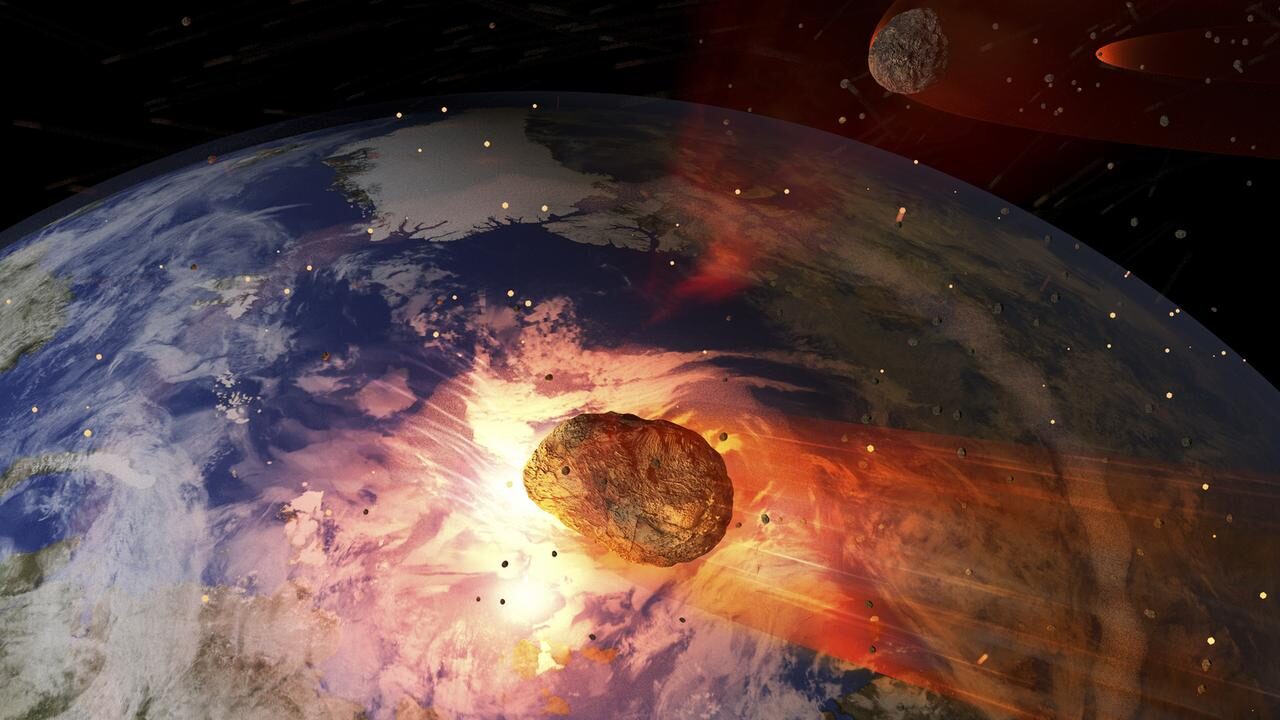
Recent claims about a 72% chance of an asteroid hitting Earth on July 12, 2038, have caused widespread concern. However, extensive research and observations by NASA and other scientific bodies have provided a clear understanding of the actual risks posed by near-Earth objects such as asteroid Apophis.
Background

Asteroid Apophis, discovered in 2004, initially raised alarms with a small calculated probability of impacting Earth in 2029. Subsequent observations and refined calculations have ruled out any risk of collision in 2029 and later dates, including 2036 and 2068 (NASA) (NASA Science).
Key Events

The significant close approach of Apophis will occur on April 13, 2029, when it will pass approximately 19,000 miles from Earth’s surface, closer than many geostationary satellites. This event will be an unprecedented opportunity for scientific observation but poses no threat of impact (The Planetary Society).
In March 2021, radar observations further refined Apophis’ trajectory, ensuring that there is no risk of impact for at least the next 100 years (NASA Science). The concern about 2068 was also mitigated by these observations, although ongoing monitoring will continue to ensure precise tracking (Space.com).
Public Reaction

Public interest in asteroids and potential impacts is high, often fueled by sensational headlines. However, NASA’s transparency and consistent updates help mitigate undue panic by providing accurate scientific data. Educational efforts by organizations like The Planetary Society aim to inform the public about the real risks and the scientific efforts in planetary defense (The Planetary Society).
Key Points

- No Impact Risk in 2029: Apophis will pass Earth safely, providing valuable data for future studies.
- Future Observations: Continued radar and optical observations ensure accurate predictions of Apophis’ path.
- Long-Term Safety: Current data indicates no significant risk of impact for at least the next century.
Conclusion
The claims of a 72% chance of an asteroid hitting Earth in 2038 are not supported by scientific evidence. Asteroid Apophis, which has been the subject of much study, poses no immediate threat. The advancements in tracking and predicting the orbits of near-Earth objects continue to improve, enhancing our ability to protect the planet from potential impacts in the future.
For more detailed information, you can refer to sources from NASA and other reputable scientific organizations that continuously monitor and update asteroid impact probabilities (NASA) (NASA Science) (NASA Jet Propulsion Laboratory (JPL)).

